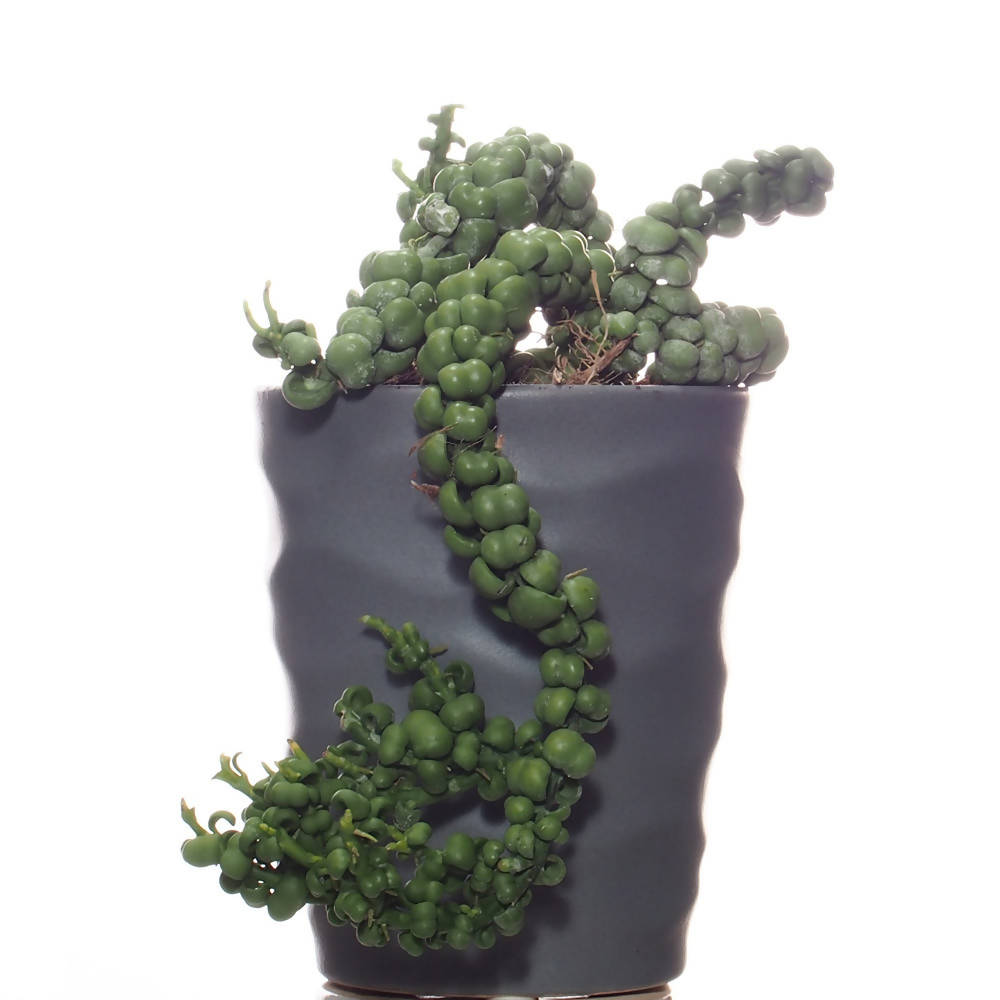

It is popular to most Asian cultures and varies in color according to the proportion of iron it contains. Jade is known as Yu to the Chinese, the Yeshm to the Persians and the Sootash to the Turks. Produced through the natural forces of rivers and mountains, jade is considered by the Chinese to be a product of Nature produced by the interaction of the “Essence” of great mountains and rivers and the “Breath” of Heaven and Earth. Other sources of jade include New Zealand, India, and some European countries. Today some jade is mined and imported from eastern Siberia while most comes from upper Burma. The main sources of jade were located in the river beds and mountains of Khotan and Yarkand in Sinkiang, two thousand miles away from the center of ancient Chinese civilization. Though jade is usually associated with the Chinese, actually none of the world's few sources of jade were within China's boundaries in the early days. Soft, smooth, and glossy, it appeared to them like benevolence fine, compact and strong like intelligence angular, but not sharp and cutting like righteousness."

"In ancient times," said Confucius, "men found the likeness of all excellent qualities in jade. How appropriate that this publication draws from the strength of these two images.

Evokes a feeling of cool, smooth, and soft.īrings to mind fire, strength, and activity.īoth are powerful images of Asia with deep cultural significance.


 0 kommentar(er)
0 kommentar(er)
